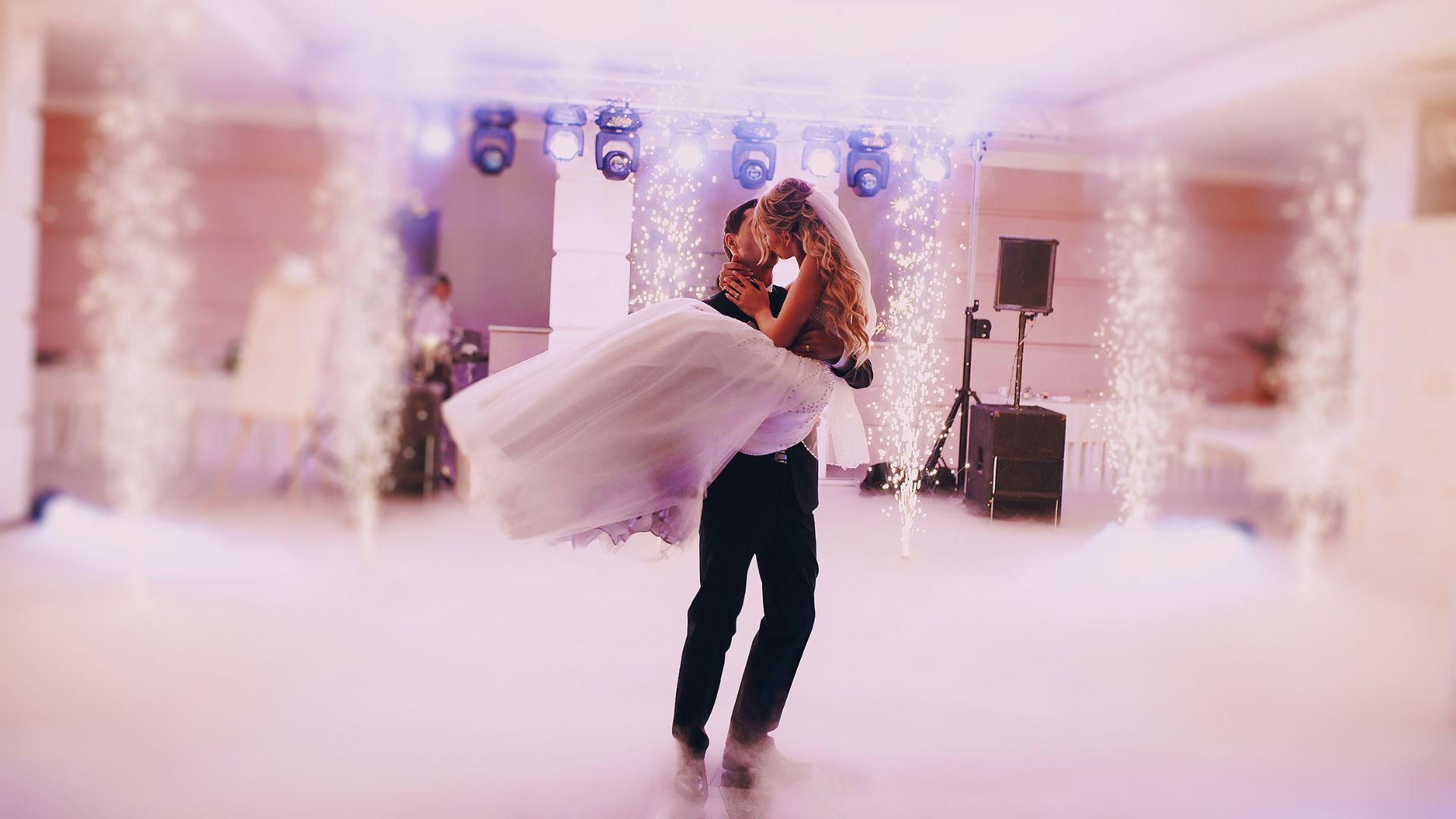Temporary Dance Stages
How can temporary dance stages be customized to fit different types of performances?
Temporary dance stages can be customized to fit different types of performances by utilizing modular stage components that can be easily rearranged or adjusted to accommodate various dance routines. This includes adjustable stage heights, interchangeable flooring options, and customizable stage configurations to suit the specific needs of different performances. Additionally, the use of portable props, backdrops, and decorations can further enhance the stage design and create a unique atmosphere for each performance.







